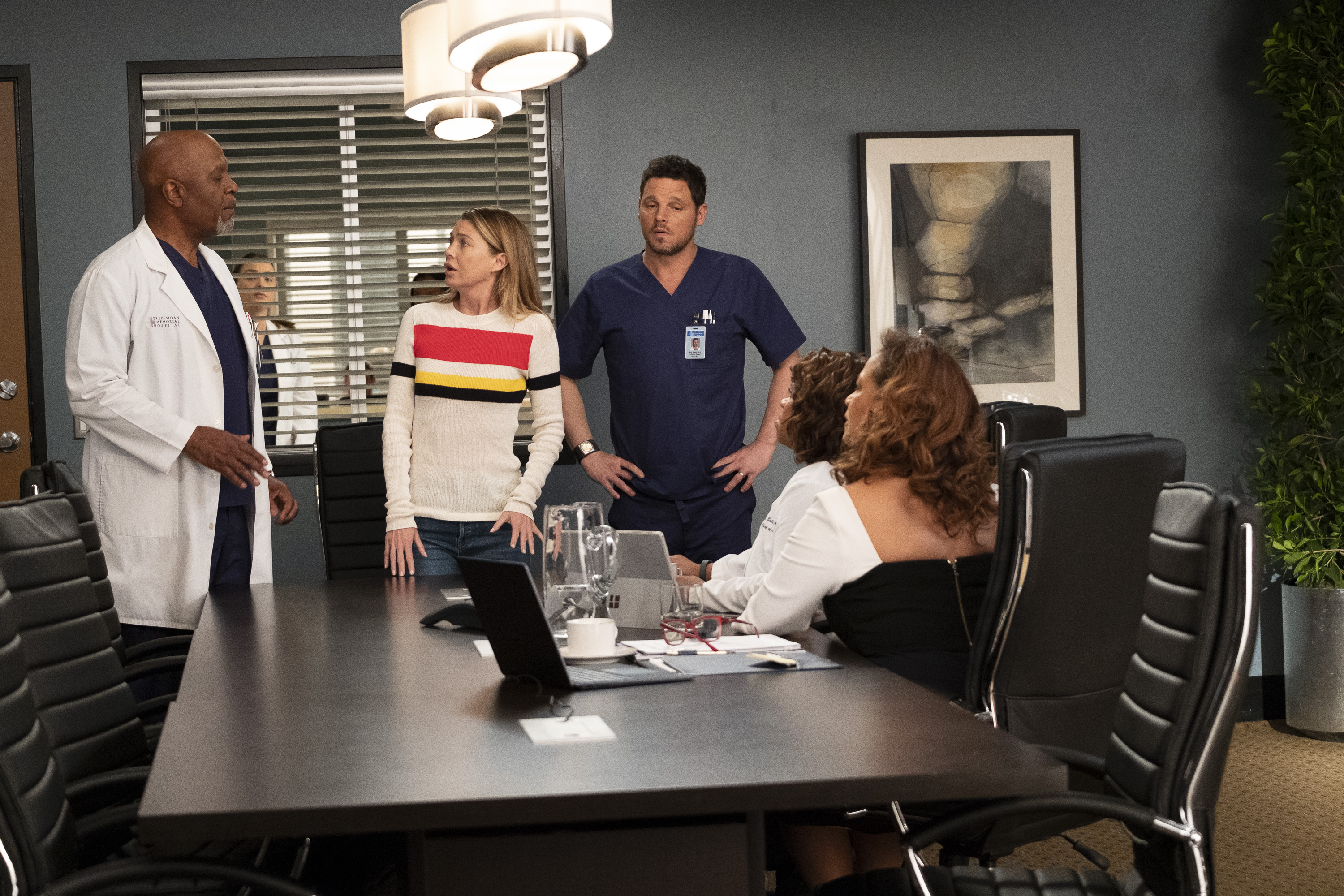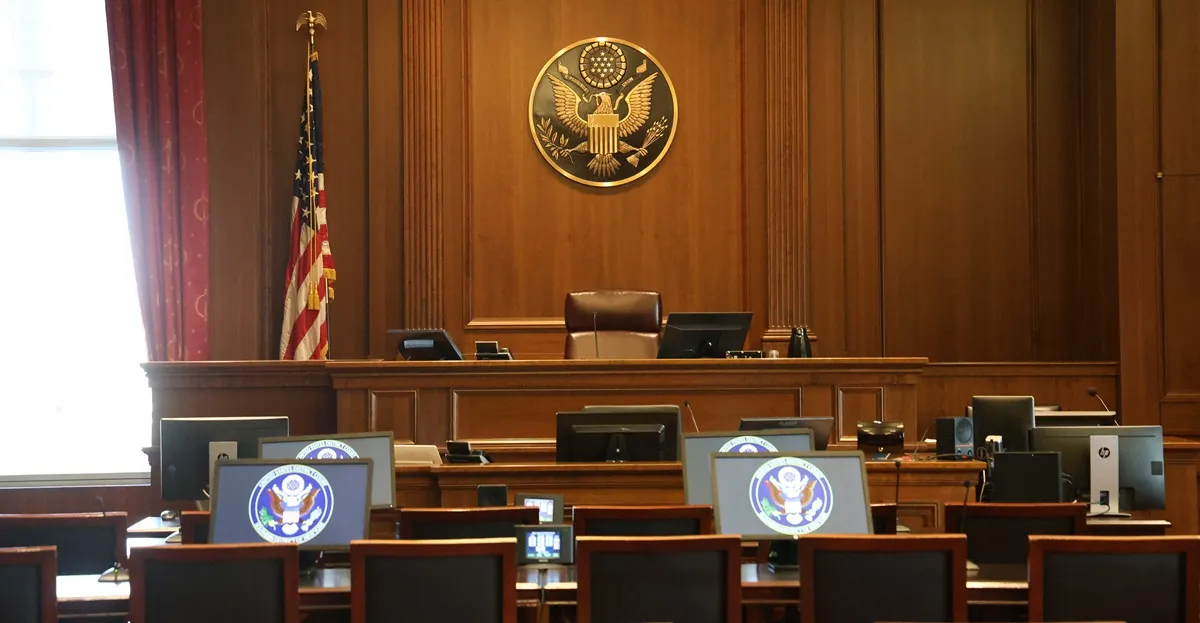Some ‘Grey’s Anatomy’ Doctors Shouldn’t Even Be Doctors
Many TV shows don’t meet real-life expectations, but the medical field seems to be the most common. Although doctors confirm Scrubs is surprisingly true to life, Grey’s Anatomy is at the top of the “unrealistic” list. Some scenes don’t make sense and traumatic events happen more often than possible.
Plus, the doctors also make bad decisions that real-life ones wouldn’t recover from. Somehow, Grey’s Anatomy doctors not only make these controversial decisions, but they also get away with them.
Some frustrations with unrealistic scenes and portrayals
There are many frustrations with Grey’s Anatomy regarding its scenes and portrayals. It can cause an eye roll to see main characters survive not one but more than three disasters (like Meredith). Not to mention, the quick patient diagnoses, fast treatments, and time devoted to individual patients that wouldn’t be possible in real life.
Additionally, TV Guide lists the 5 Most “WTF” Disasters on Grey’s Anatomy as the bombing scene, the ambulance crash, the plane crash, the storm-splosion, and the man on fire.
Despite these frustrations, Grey’s Anatomy still is a fan-favorite. According to Dr. Casey Alane Wilson, “Without some of the unrealistic elements in the show, it would be boring. For example, when Meredith Grey punctures a heart during surgery, and her mistake is found out, she would have realistically been punished much more severely than she was. However, a clever statement from Dr. Burke, who had left a towel in a patient years ago, saved her.”
Essentially, the truth isn’t always entertaining, and that’s what TV shows aim to be. Without the “wow factors” that don’t happen in real life, there are less interesting storylines and a less successful show.
‘Grey’s Anatomy’ doctors who shouldn’t even be doctors
If you’re a binge-watching Grey’s Anatomy fan, then you know most of the doctors on the show should’ve lost their medical license or put in jail for the mistakes and/or decisions they made.
A real-life doctor, Doctor Mike, reacts to when interns are told they have to stay for 48 hours. He says, “The residents don’t work 48-hour calls anymore. They’re capped at 80 hours per week.” He continues, “This started because of the Libby Zion Law which is sadly the name of a young girl who died because residents who were so overworked, they missed catching a diagnosis and she ultimately died.”
Izzie, Richard, Sam, Alex, and Jo are only a few examples of doctors who shouldn’t be doctors.
First, there’s Izzie. She cut Denny’s LVAD wire so that he’d move to the top of the recipient’s list for a heart. There’s a lot wrong with this situation, including the fact that she would hurt someone else by moving Denny up. Second, there is the Chief of Surgery, Richard Webber, who was an alcoholic. Obviously, many problems are associated with a surgeon with an addiction.
Then there’s Sam, who let a pedophile die by purposely not resuscitating him. It’s disgusting what the patient did, but Sam didn’t have the legal rights to play God. Lastly, doctor Alex Karev was charged with felony assault. And Jo Wilson has a fake identity due to an ex abusive husband. The craziest part is that more Grey’s Anatomy staff haven’t lost a license or gone to jail.
‘Grey’s Anatomy’ may create more compassionate doctors in real life

On the upside, some consider the transition from traditional TV representations of ‘God-like’ male doctors to the diverse representation of doctors with feelings and mistakes set the stage for more compassionate doctors in real-life. The idea is that medical students will see the positives and negatives on popular medical shows. They’ll choose to be an example of skillful, caring professionals despite unrealistic decision-making.
According to The Conversation, “Viewers may be inspired to become doctors by watching their favorite television characters, or develop ideas about how doctors should behave and present themselves to patients.” Additional research, like an Australian study done in 2011, confirms the possibility. Authors said there could be a “benefit in using the shows in tutorials or lectures as case studies or examples for students.”


